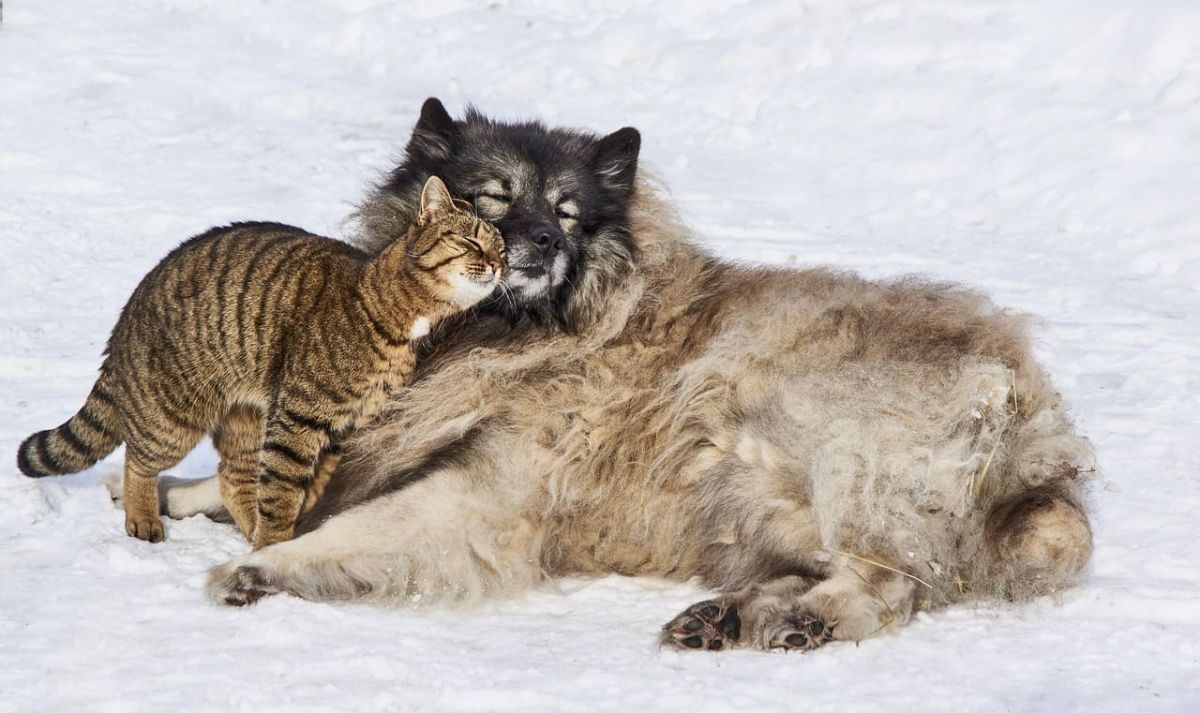How to Tow and Train a Cat
 June 24, 2023
June 24, 2023
Many people think that only dogs can be led, but in fact, cats can also enjoy the outdoors with leash training. Traction training allows the cat to get fresh air and movement, while also strengthening the bond with the owner. Here are some tips on how to lead a cat to do traction training.
Choose the right traction strap and chest harness
First of all, it is very important to choose the right traction strap and chest harness. The leash should be light and soft to avoid causing discomfort to the cat. The chest harness should fit snug and distribute traction evenly to avoid putting pressure on the cat's neck. Make sure the leash and chest harness are the right size for your cat and can be held in place to prevent the cat from escaping.
Gradually get used to the straps and chest straps
Cats can be nervous and resistant to new things, so it is necessary to gradually get used to the leash and chest harness before starting traction training. First, familiarize the cat with the leash and chest harness, which can be placed at the cat's side for the cat to sniff and touch freely. Then, gradually attach the leash and chest harness to the cat's body, but do not give traction. Through gradual acclimation, the cat will gradually get used to the presence of a leash and chest harness.
Train indoors
It is important to train indoors before starting outdoor traction training. Choose a quiet and distraction-free place, put the cat on a leash and chest harness, and gently guide the cat with the leash. Start with short sessions indoors for a few minutes and gradually increase the time. At the same time, give the cat treats and compliments to motivate it to continue training. Indoor training helps cats get used to the feel of the leash and chest harness, and familiarizes them with the commands of the leash.
Gradually guide the cat outdoors
When the cat has adapted to indoor training, it can be gradually guided outdoors for traction training. Choose an outdoor environment that is safe and not too stimulating, such as a garden or yard. At first, keep the length of the leash short so that you can control the cat's movements in time. Give the cat plenty of time to explore and adapt to the new environment, and be patient and gentle. Gradually increase the length of the leash and the length of the leash until the cat is able to walk and explore freely.
Traction training is a new challenge for cats and requires time and patience. Each cat may adapt and learn at different rates, so plan your training according to individual differences. With gradual adaptation and progressive guidance, trust that you will be able to successfully conduct leash training and provide your cat with a safe and fun outdoor experience.

An Authoritative Glimpse into the World’s Top Ten Most Popular Categories of Pets


Why Do Cats Squirm Before Pouncing


True Heartwarming Stories: The Unbreakable Bond Between Animals and Humans


Pets’ Interesting News and Anecdotes


Owning a Pet May Help Maintain Mental Health When We’re Over 65


Pet IQ Test: Explore Your Pet's Intelligence and Potential


Pet Insurance: A Must for Comprehensive Pet Protection


Instruction to PetSmart















